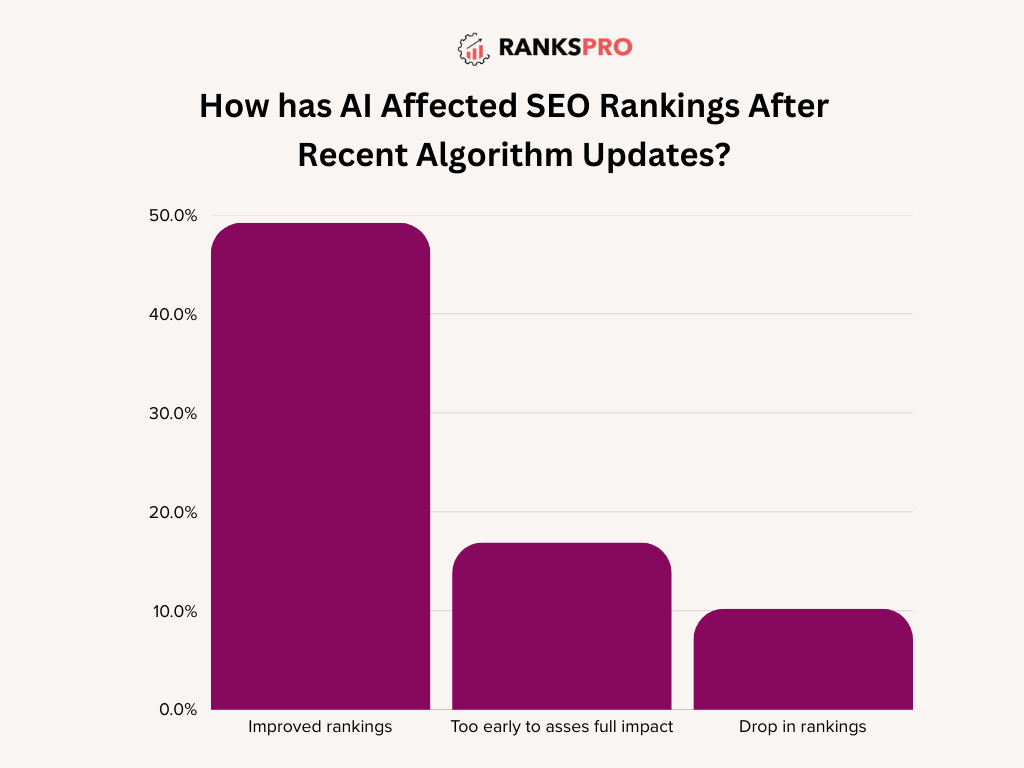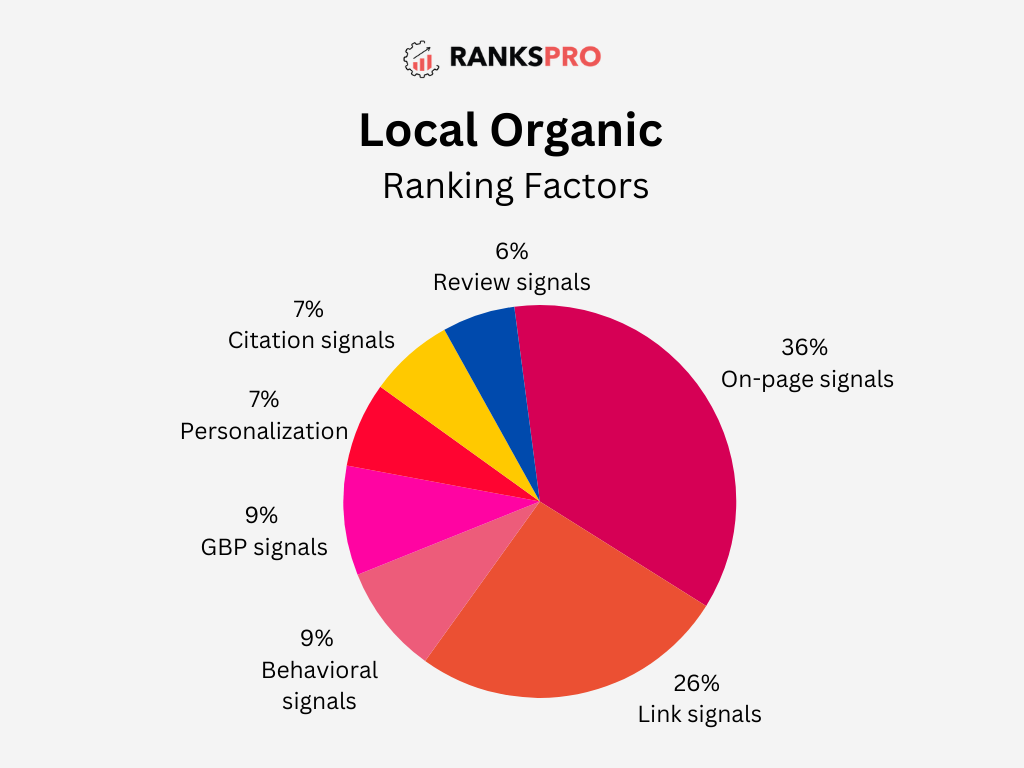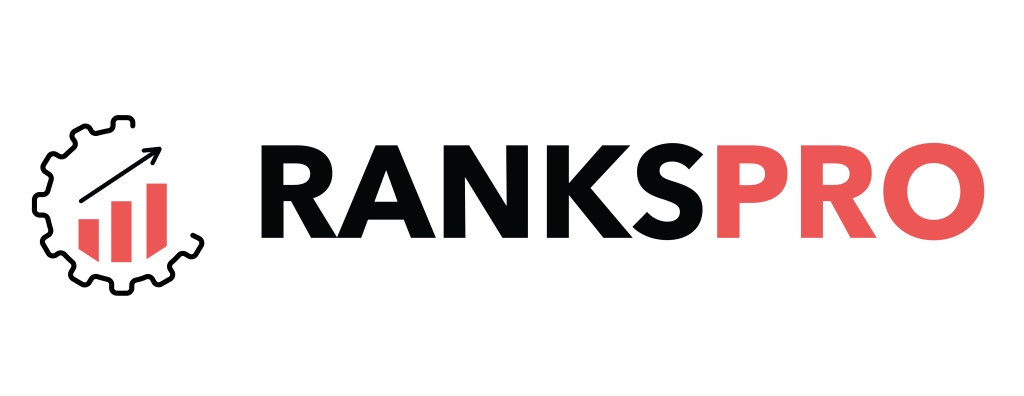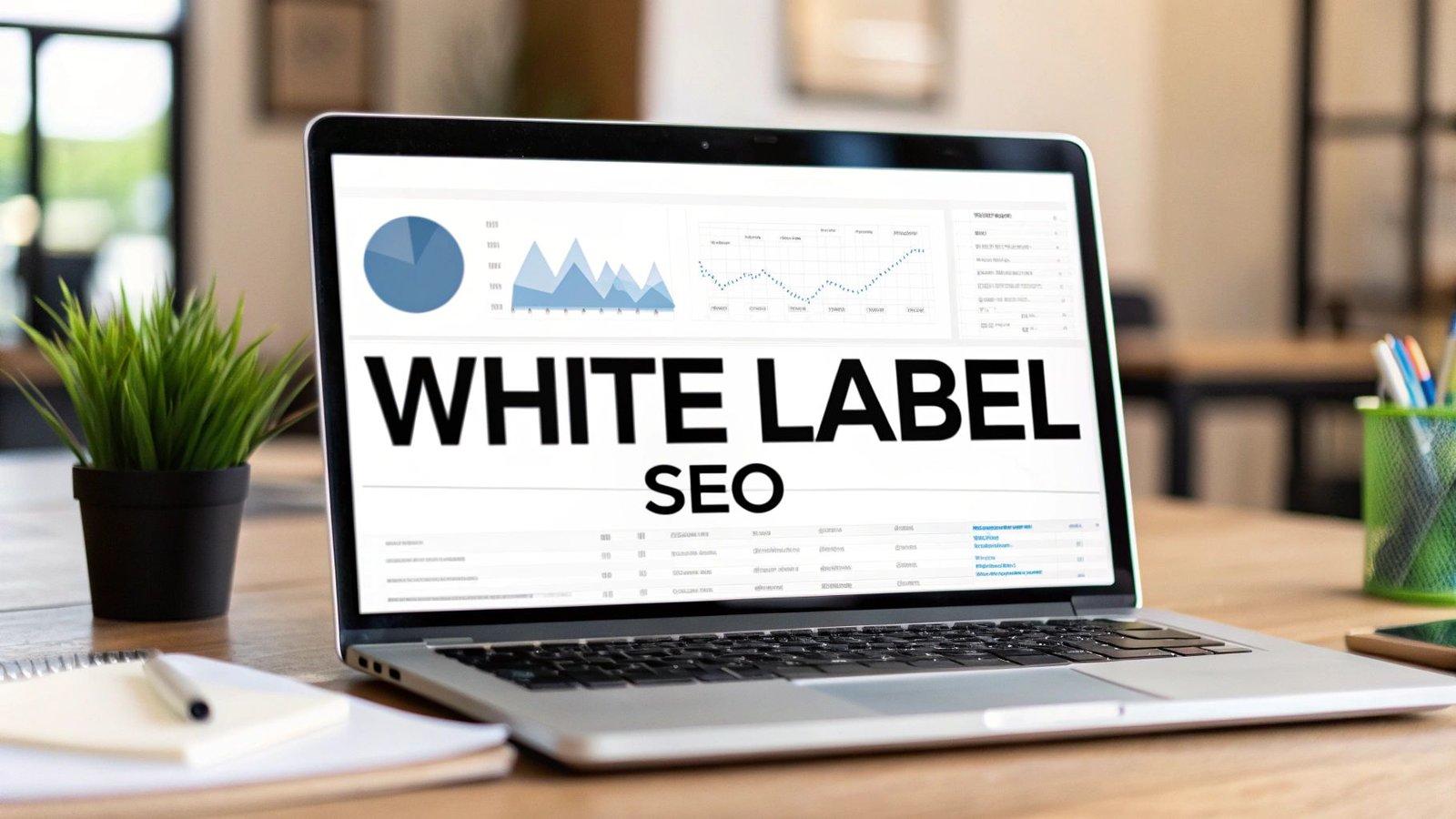In today’s constantly changing pace of SEO, it is no longer sufficient for a website to be optimized for its own purposes; it must know what its competitors are doing. By the time the year 2025 comes around, SEO will be much more complicated due to advanced AI algorithms, the emergence of voice search, and users’ changing habits.
Businesses learning non-effective competitor analyses can expect to lose some valuable rankings and traffic in the search engines. This sets the trend for use of SEO competitor analysis tools that will help in revealing the rival’s keyword strategies, backlink profiles, content gaps, and technical SEO performance.
Right from gaining an edge over competitors in organic search results, gaining dominance in PPC campaigns, or improving the content strategy, the right tools will provide insight into the data required to fine-tune an approach.
The blog we’re reading will explain the best SEO competitor analysis tools of 2025 and the features, benefits, and contributions it can make to SEO success.
How SEO Competition Evolved in 2025?
The SEO landscape is in constant flux by 2025; competition has transformed itself drastically. Old strategies would not be enough; holistic, adaptable, and user-centric solutions would become paramount.
Hence, a thorough look into how SEO competition has been spoiled along the way:
1. The Rising Adaption of AI in SEO
According to the Hypothetical Market Research, AI was projected to cover 70% of SEO tasks through automated features. Businesses that are yet to consider AI tools might be left behind in the competition.
Artificial intelligence is something that has quietly but pervasively permeated the SEO space. Search engines are using smart algorithms to infer user intent, ascertain quality content, and deliver relevant personalized search results.

Employing AI for SEO is no longer just an icing on the cake; it has become a prerequisite. The competitors who use AI technology to find content gaps, analyze backlink profiles, and improve user experience-they had better start doing the same and build competencies around AI-powered SEO strategies.
2. Dynamic Changes of Search Engine Algorithms
Search engine algorithm updates are done-regularly to improve search relevance and user experience, and constant changes are made. Major algorithm updates are known to affect website rankings, and thus, SEO experts need always to remain in a state of ongoing alertness and adapt their strategies.
To remain and augment search visibility, one has to stay ahead of the algorithm changes. Companies should be flexible and adaptable in their SEO efforts to remain informed about algorithm updates and be ready to shift their tactics at any point.
Keeping in line with industry updates, joining SEO communities, and possibly using algorithm updates can guide you better. Using SEO analytics tools can help companies stay informed and make necessary changes to avoid rankings and traffic drops.
3. Continuous Focus on Content’s Relevancy and Quality
The paradigm has shifted from keyword density to quality content. There’s more emphasis on Google’s E-E-A-T guidelines. This corresponds to experience, expertise, authoritativeness, and trustworthiness. Search engines are continuously becoming better at identifying content that is thin, duplicate, or that does not have much relevance.
Original and informative content is what visitors will look forward to and ultimately gain value for their organic traffic and search engine power. In any case, a great content strategy has to be developed in businesses for purposes of creating all sorts of value to the user.
Websites that are found possessing strong E-E-A-T signals are more likely to rank better for competitive keyword terms. Thus, bottom line, a concrete content strategy will be needed for businesses competing.
4. Importance of Localization and Local SEO
According to statistics from Google, there has been a 150% increase in “near me” searches over the past couple of years. Local SEO has been taking on greater importance just as the mobile search and activity by voice search have been already permeating the atmosphere.

The attraction of local customers requires optimization not only for “near me” searches, local keywords, and localized content tooling but would also include the study of local languages and the cultural sensitivities they have.
5. Increased Focus on User Experience (UX)
With regard to the user experience (UX), the extremely connected world was put on notice this month with a major Google announcement overtly stating that UX signals are very important for ranking. Websites with poor UX rank lower in search results and lead to higher bounce rates.
Search engines prioritize websites that offer seamless experiences with positive interaction. Considerations include site speed, mobile friendliness, accessibility, and intuitive navigation. Content should not just educate but also entertain and engage.
Heavy investments are made by companies to improve their website UX through high loading speed, mobile optimization, and accessibility for all users. Until you maintain and surpass these UX standards, you can easily say goodbye to competition.
6. Integration of Data-driven Analytics
Data-led SEO strategies produce about 20% more organic traffic on an average by businesses. [Hypothetical marketing study]. SEO is now a highly data-driven industry. Measurement of key SEO metrics, analysis of user behavior, and the use of data to curate strategies is a must.
Competitors are already using advanced analytical tools to track SEO performance and identify areas for improvement. Businesses must continue to invest in data analytics and build capabilities on how to optimize their SEO strategy through data.
It is therefore vital that businesses adopt a fully integrated local SEO strategy that embraces localization urgency. This will be translated into local dialects full of a great measurement of localization efforts, translating website content, localizing marketing messages, and ensuring that people get talked to through cultural images and promotions.
SEO Competitors Tools You Should Use in 2025
1. Google Analytics

Google Analytics is a web analytics service offered for free measuring and reporting website traffic, but it is not used for analyzing competition but mainly for providing insights on how one’s own website is performing against the competitors and the improvements needed. It tracks user behavior, traffic sources, conversions, and many other things.
Key Features:
- Website visitors reports: Pageviews, sessions, users, bounce rate, time spent on site, and traffic sources are the parameters included under this service.
- User behavior trace: Analyzes the user flow, navigation paths, and event tracking to know how the visitors travel through your site and where have they met with friction.
- Conversion: Tracking goals, e-commerce transactions, and other key activities that define how well your website is doing in meeting your business goals.
- Integration with other Google services: An automatic connection to Google Search Console, Google Ads, and other tools that make marketing with Google simple.
Pros:
- Free: Accessible to everyone, regardless of budget.
- Comprehensive data: Provides a wealth of information about your website traffic.
- Widely used and supported: Large community and extensive documentation available.
Cons:
- Can be overwhelming for beginners: Steep learning curve for advanced features and analysis.
- Limited direct competitor analysis features: Requires manual comparison and integration with other tools.
2. Semrush

Semrush is a complete SEO interface comprising features to cover competitive analysis, keyword research, backlinks analysis, site audit, and rank tracking. It provides insights into competitor strategies to allow for identification of improvement areas in Search Marketing.
Key Features:
- Traffic analytics: It provides insight into the numbers of site traffic, traffic sources (organic, paid, referral, and social), and user behavior so as to establish a comparison against the competitors.
- Keyword research: This feature allows users to find the relevant keywords for their pages and other content practices by analyzing top performing competitors’ keywords.
- PPC ad research: It helps to analyze competitors’ PPC ad campaigns and track their performance, including their progress, targets, bidding strategy, and ROI.
- Social media tracker: Monitors social media performance and engagement of yours and your competitors. Tracks mentions, shares, and follower growth.
Pros:
- All-in-one platform: Combines all essential SEO tools in one place.
- Comprehensive analysis: Provides in-depth insights about the competitors’ campaigns and strategies.
- User-friendly interface: Easy to navigate and use.
- Extensive data: Large database of information.
Cons:
- Can be expensive: Pricing can be prohibitive for small businesses.
- Data accuracy can vary: Information is based on estimations and third-party data.
Pricing: Offers various plans starting from around $100/month, with higher-tier plans for larger businesses and agencies.
3. Ahrefs

Ahrefs is another powerful SEO suite well-known for its link-building analysis. It gives extensive information about your competitors’ backlinks, including anchor texts, domain authority, and referring domains. Ahrefs also provides keyword research, site audit, and ranking tracking.
Key Features:
- Traffic analysis and comparison: It analyzes various types of traffic coming to the site, i.e., organic traffic, paid traffic, or backlink traffic.
- Backlink profile comparison: It compares your backlink profile with those of your competitors and pinpoints the link gaps, opportunity areas.
- Paid performance analysis: It investigates the paid advertising practice in which competition engages through keyword research, ad copy, and landing pages.
- Website architecture: This analyzes the internal architecture of the website with respect to yours and your competitors’, identifying improvement areas.
Pros:
- Qualitative backlink data: Gives in-depth backlink data and information.
- User-friendly dashboard: Flexible to understand competitors’ data.
- Comprehensive SEO toolkit: All-in-one SEO platform with necessary tools.
- Strong community support: Active user base and helpful resources.
Cons:
- Can be expensive: Pricing can be a barrier for smaller businesses.
- Some features may be redundant: You might not need all the features if you have other tools.
Pricing: Offers various plans starting from around $100/month, with higher-tier plans for larger businesses and agencies.
4. Moz Pro

Moz Pro is a suite of SEO tools including keyword research, rank tracking, site audits, and competitor analysis features. It will give you insight and recommendations for improvements in your website SEO. Moz is known for one other thing Domain Authority.
Key Features:
- Identify competitors: Enables you to discern your main SEO contenders by means of keyword intersection and search presence.
- Link profile comparison: Allows you to analyze and compare backlink profile with competitors, including link quality, quantity, and anchor text analysis.
- Keyword gap analysis: Determines those keywords which a company competes for and which are not in its catalogue.
- Identifying top-performing videos: Analyses the performance of content based on social sharing, backlinks, and engagement metrics that attract the audience.
Pros:
- User-friendly interface: Easy to navigate.
- Helpful recommendations: Provides actionable advice.
- Strong community support: Active forum and resources.
- Domain Authority metric: A widely recognized measure of website or domain authority.
Cons:
- Can be expensive: Pricing can be a concern for small businesses.
- Some features may not be as comprehensive: Certain features might lack depth.
Pricing: Offers various plans starting from around $100/month, with higher-tier plans for larger businesses and agencies.
5. Ubersuggest

Ubersuggest, acquired by Neil Patel, is a more budget-friendly tool that offers keyword research, competitor analysis, and site audit capabilities. This is a valid choice for small businesses or individuals with limited budgets.
Key Features:
- Domain Snapshot: Presents an overview of the SEO performance of a domain, such as organic traffic, keywords, and backlinks.
- Top Pages: Determine which pages are receiving the highest volumes of traffic and backlinks on a site.
- Blacked Backlinks: The provision of basic backlink data, such as the referring domains and the anchor text.
Pros:
- Affordable: Budget-friendly pricing.
- User-friendly interface: Easy to use.
- Good for basic SEO tasks: Suitable for beginners.
- Easy to understand: Simple and intuitive.
Cons:
- Data may not be as accurate: Relies on third-party data.
- Limited backlink analysis: Backlink data is less detailed.
Pricing: Offers a free version with limited features, paid plans start at around $30/month.
6. RanksPro

RanksPro is a wonderful tool that is dedicated for SEO competitor analysis reporting. You can monitor your keyword rankings in different search engines and geographical locations and give you complete reports about your SEO progress. Also, it has some features that refer to competitors tracking for ranking.
Key Features:
- Whole Natural Words: Monitor the overall number of keywords on which a site ranks.
- Natural vs Paid Traffic: Natural traffic in contrast to crater traffic.
- The total number of backlinks: Observes the total number of backlinks pointing to a website.
- Competitors keyword: Keeps track of the keywords your competitors are using.
Pros:
- Accurate rank tracking: Provides reliable keyword ranking data.
- Detailed reporting: Offers comprehensive reports on SEO performance.
- Affordable pricing: Cost-effective for rank tracking.
- User-friendly interface: Easy to use.
Cons:
- Limited features beyond rank tracking: Not a full SEO suite.
- Not as many competitor features: Competitor analysis is primarily ranking-focused.
Pricing: There are multiple plans along with 7-day free trial, starting from $39/month.
7. Serpstat

Serpstat is a comprehensive and versatile SEO platform that comes with various tools such as competitor analysis, keyword research, backlink analysis, rank tracker, and site audits. This tool provides helpful information on how the competitors’ strategies can be analyzed in identifying the opportunities for growth.
Key Features:
- Competitor Keyword Analysis: Analyzes competitors’ keywords, search volume, keyword difficulty, and SERP features.
- Find Competitors’ Backlinks: Tracks backlinks pointing to competitor sites.
- PPC Progress Tracking: Monitors competitor PPC campaigns along with top keywords, ad copies, and estimated budgets.
- Domain Batch Analysis: Allows the analysis of several domains at once.
Pros:
- Affordable pricing: Budget-friendly for the features offered.
- Comprehensive features: Covers a wide range of SEO needs.
- User-friendly interface: Easy to navigate.
- Good for international SEO: Supports multiple languages and regions.
Cons:
- Support might be slow at times: Customer support response times can vary.
- Interface can be a bit cluttered: Some users find the interface overwhelming.
Pricing: Multiple packages offered by Spyfu, starting from $50/month (for individuals) to $110/month (for teams).
8. SpyFu

SpyFu is an outstanding competitor analysis tool for competitive research that has a keen eye for tracking your competitors paid and organic search strategies. It performs excellent work to determine the keywords they target, ads they publish, and estimated budgets.
All this information will help give you an insight into what they are doing that works best with their campaigns, so you can improve your own where needed.
Key Features:
- Identify Closest Competitors: Your main competitors identified on two bases: based on the existence of keyword overlap and the search visibility.
- Keyword Performance Tracking: Keyword performance is tracked over time.
- Top Performance Content Tracking: Identifies top-performing content on competitors’ sites.
- Keyword Rank Tracking: Tracks keyword ranking for selected keywords.
Pros:
- Excellent for PPC competitor research: Provides valuable insights into competitor ad strategies.
- Affordable pricing: Cost-effective for the features offered.
Cons:
- Limited features beyond competitor analysis: Focuses mainly on competitor research.
- Organic search data is less comprehensive: Organic search features are not as extensive as other tools.
9. SE Ranking

SE Ranking is a comprehensive solution for SEO, including with tools for keyword analysis, rank monitoring, competitor research, as well as comprehensive site audits, among everything else. It’s meant for a single all-in-one utility for SEO with a friendly interface and rich features to understand what they’re doing and where they might do better than them.
Key Features:
- Estimated clicks per month: It tracks prospective traffic volumes regarding specific keywords, as well as how much organic traffic a site is potentially getting.
- Track top-performing keywords and pages: You can see what keyword and what content work best for your rivals, leading to meaningful insights for your strategy.
- Competitors traffic cost: Estimates the cost of paid traffic possessed by rival websites. This reveals how much your competitors invest in paid advertisement, serving as an average for your own PPC campaigns.
- Keyword gap analysis: Find out which keywords are helping your competitors to rank and gain quality traffic and compare the list with yours.
Pros:
- Comprehensive competitor analysis features: Offers a wide range of SEO tools for analyzing competitor strategies.
- Accurate data: Provides reliable data on keyword rankings, traffic, and backlinks.
- Affordable pricing: Offers competitive pricing plans.
Cons:
- Some features may require a learning curve: Takes time to master all the tools.
- Customer support can be inconsistent: Response times can vary.
Pricing: Offers various plans starting from around $30/month.
10. SEO PowerSuite

SEO PowerSuite is software that provides you with a fine set of desktop-based tools to perform most tasks for website optimization, competitor analysis, and rank tracking. You need to install them in your computer and don’t rely on burdening yourself with the possible disadvantages of cloud-based tools.
It offers much control over your data, allowing more comprehensive analysis. It is ideal for bigger businesses and agencies needing advanced SEO facilities and preferring a desktop structure.
Key Features:
- Keyword Gap Analysis: It gives you missing keywords on which you competitors are ranking. This will bring insights about those unexplored keywords and also increase your opportunities when it comes to the keyword targeting.
- Backlink Gap Analysis: Compares your backlink profile to your competitors’, identifying link gaps and opportunities to build more quality backlinks.
- Top Traffic Pages Analysis: Identifies the pages that are driving the most traffic to competitor websites to understand what type of content is performing well in your niche.
- Estimated Clicks per Month: Estimates the number of clicks a website receives from organic search to understand the traffic potential of your website and track your progress over time.
Pros:
- Powerful and comprehensive suite: Offers a wide range of SEO tools.
- Desktop-based software: Provides more control and flexibility.
- Excellent for in-depth analysis: Allows for detailed investigation of SEO data.
- One-time purchase option: Offers a lifetime license option.
Cons:
- Can be expensive: The full suite can be costly.
- Steep learning curve: Requires time and effort to learn all the features.
Pricing: Offers various packages, including a free version with limited functionality. Paid plans start at around $499 for a one-time purchase or subscription options.
Key Takeaways
The dynamic changes in SEO world has made businesses and individuals marketers adopt new tools and technologies. The above list gives your various choices from the top SEO competitor analysis tools. However, you need to consider several factors while choosing the right one for your business:
The primary importance in this regard is choosing tools according to personalized needs, budget, and capabilities.
How to choose an SEO Competitor Analysis Tool?
There are several factors that can help you choose the right competitor analysis tool and streamline your campaigns. Have a look at these factors:
- Required features: In case the tool provides all of your needed features, you can start checking for functionalities that it will provide such as rank tracking, content gap analysis, keyword analysis, traffic monitoring, and other required features.
- Data accuracy and credibility: You should know how accurate its data is. Take a look for tools which have trustworthy data sources and have healthy methodologies.
- Usability: Seek tools that have clear dashboards, even more so if they provide helpful visualizations and support that is readily available.
- Actionable insights: So, does the tool really provide actionable recommendations based on the data? A tool that simply presents data without context or suggestions for improvement is less valuable.
- Scalability: Can the tool stretch with you when you change your needs over time? Consider whether the tool could take on the weight of data it should be processing when the business is growing.
- Integrations: The competitor analysis tool should be flexible to integrate with our necessary tools such as Google Analytics, Search Console or your custom CRM applications.
- Pricing: Your budget and ROI expected from investment should be factors to decide. In most cases, free versions and free trial periods can help people test a tool before deciding to take it further.
- Reputation and reviews: Consider doing research on the reputation of such tools in the SEO communities. Read user reviews and testimonials to discover an unbiased view.
Thorough consideration of these aspects should lead you to an SEO competitor analysis tool that brings forth critical insights to hone and modify your SEO strategy to realize set business goals.




